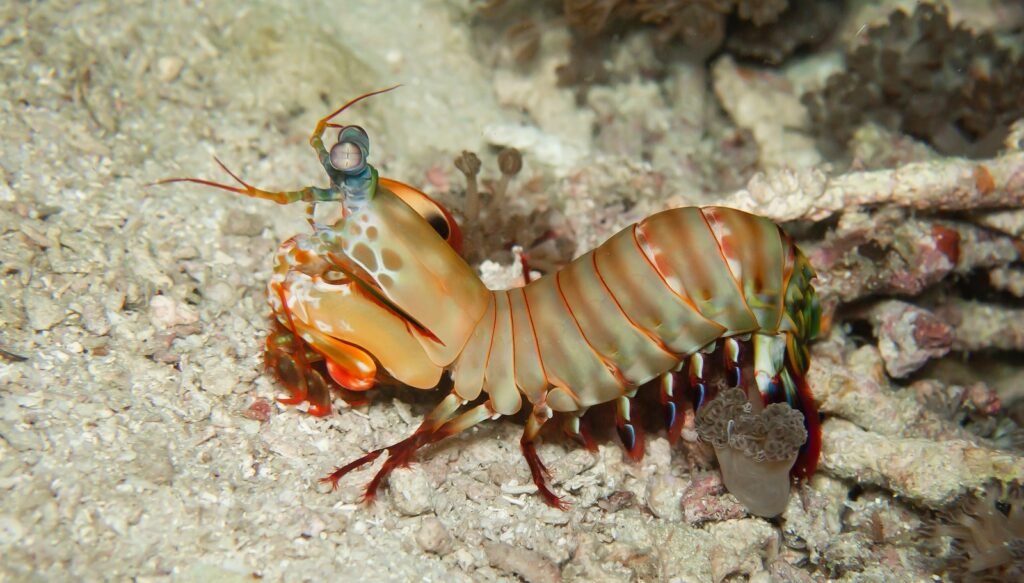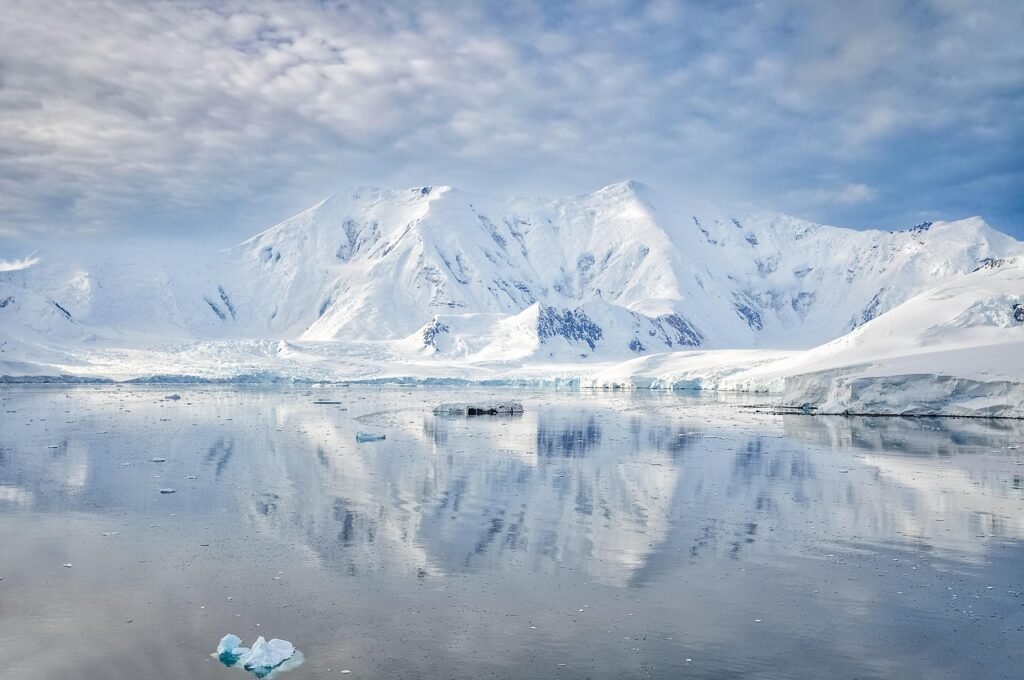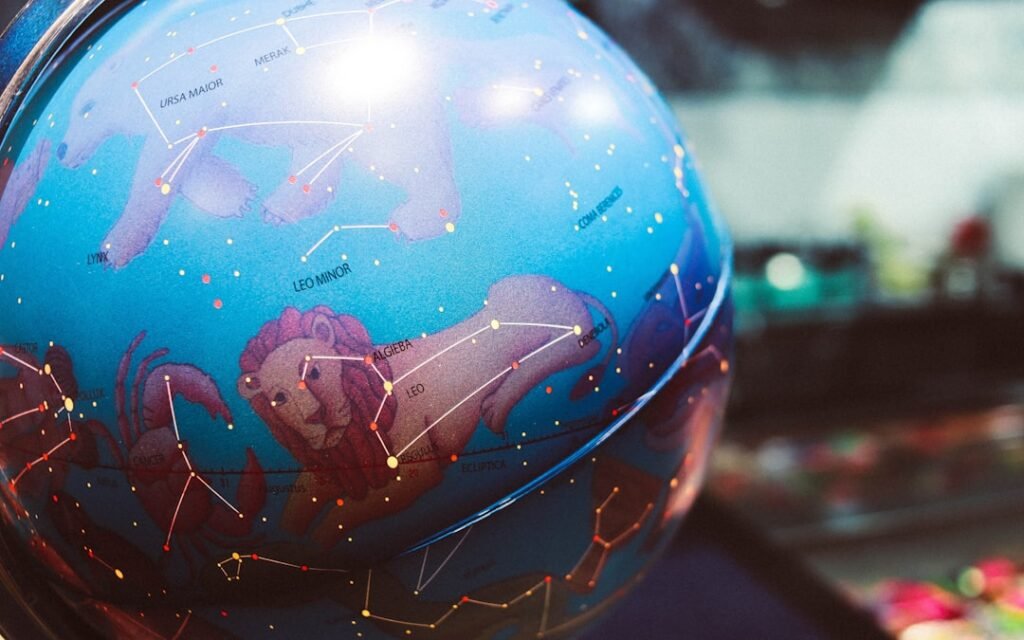Astrology doesn’t run the lab, but it can spark a fascinating question: if Aquarius is the rebel water-bearer, which species echo its headstrong, idea-hungry vibe? Scientists keep uncovering animals that innovate, collaborate, and defy expectations – traits Aquarians are famed for. In an age of warming oceans and shifting ecosystems, those behaviors aren’t just charming; they’re survival strategies. This feature follows ten real animals whose lives carry the flavor of Aquarius: inventive, unconventional, community-minded, and oddly beautiful. Think of it as a science-backed field guide to curiosity itself, where myth becomes a doorway and data does the heavy lifting.
From Ancient Symbols to Modern Science
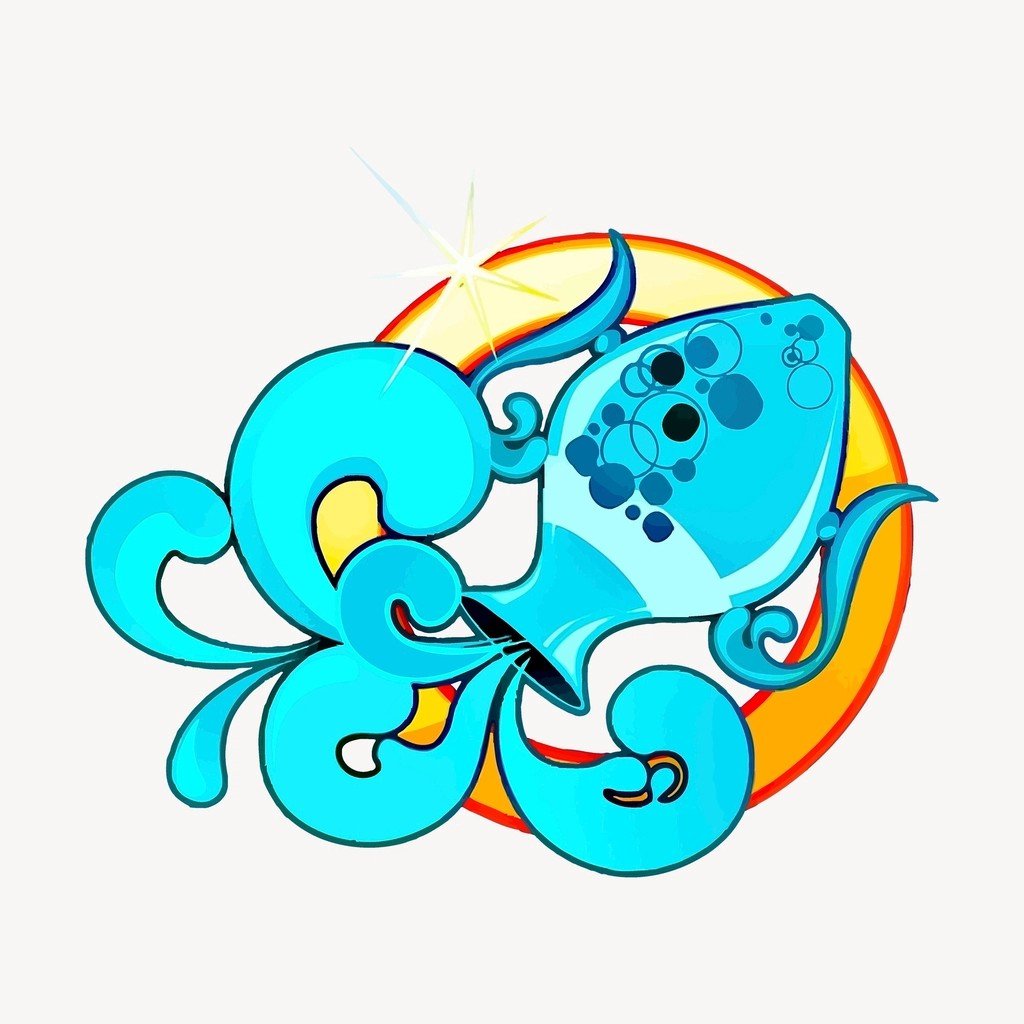
The water-bearer is an ancient symbol of renewal, and today’s biology offers a modern twist: behavior and adaptation as the true vessels of change. Rather than treating star signs as science, we use Aquarius as a creative lens to examine species that invent new solutions and share them within their groups. That framing lets us talk, with clarity, about cooperative whales, tool-using birds, and cephalopods that treat puzzles like appetizers.
I’ve stood in front of an aquarium tank watching an archerfish “shoot” a droplet like a tiny firefighter’s hose and felt the little jolt of revelation that good science writing lives for. These animals make the strange feel familiar and the familiar feel strange, a mood that fits Aquarius’ reputation for remixing the rules without apologizing.
The Innovators
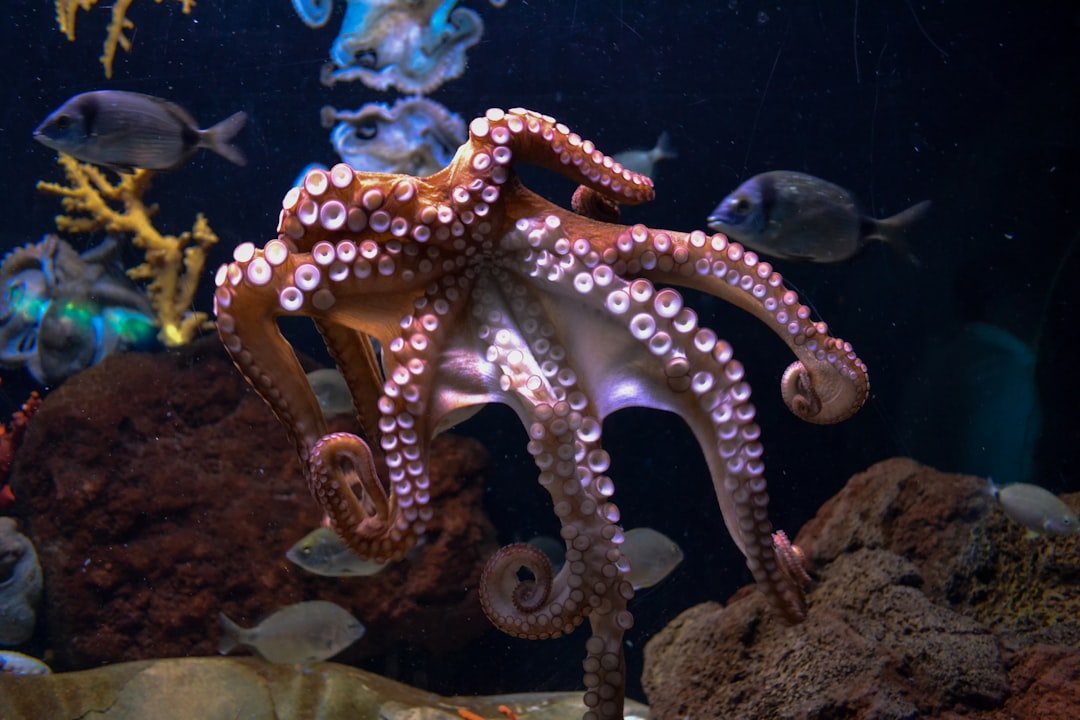
Octopuses belong here first: flexible bodies, flexible minds, and a talent for unscrewing jars or rearranging tank decor to their liking. Their distributed nervous system means arms can perform complex tasks semi-independently, a living argument for decentralized problem-solving. New Caledonian crows, meanwhile, bend twigs into hooked tools and solve multi-step puzzles, showing that big insights can come from relatively small brains when experience meets opportunity.
Bottlenose dolphins round out the innovation trio with cooperative strategies, signature whistles, and, in some populations, sponge-wearing foragers that protect their snouts while probing the seafloor. Together they capture that Aquarius spark – ideas tested in the real world, passed along, and iterated until the new becomes normal.
The Eccentrics
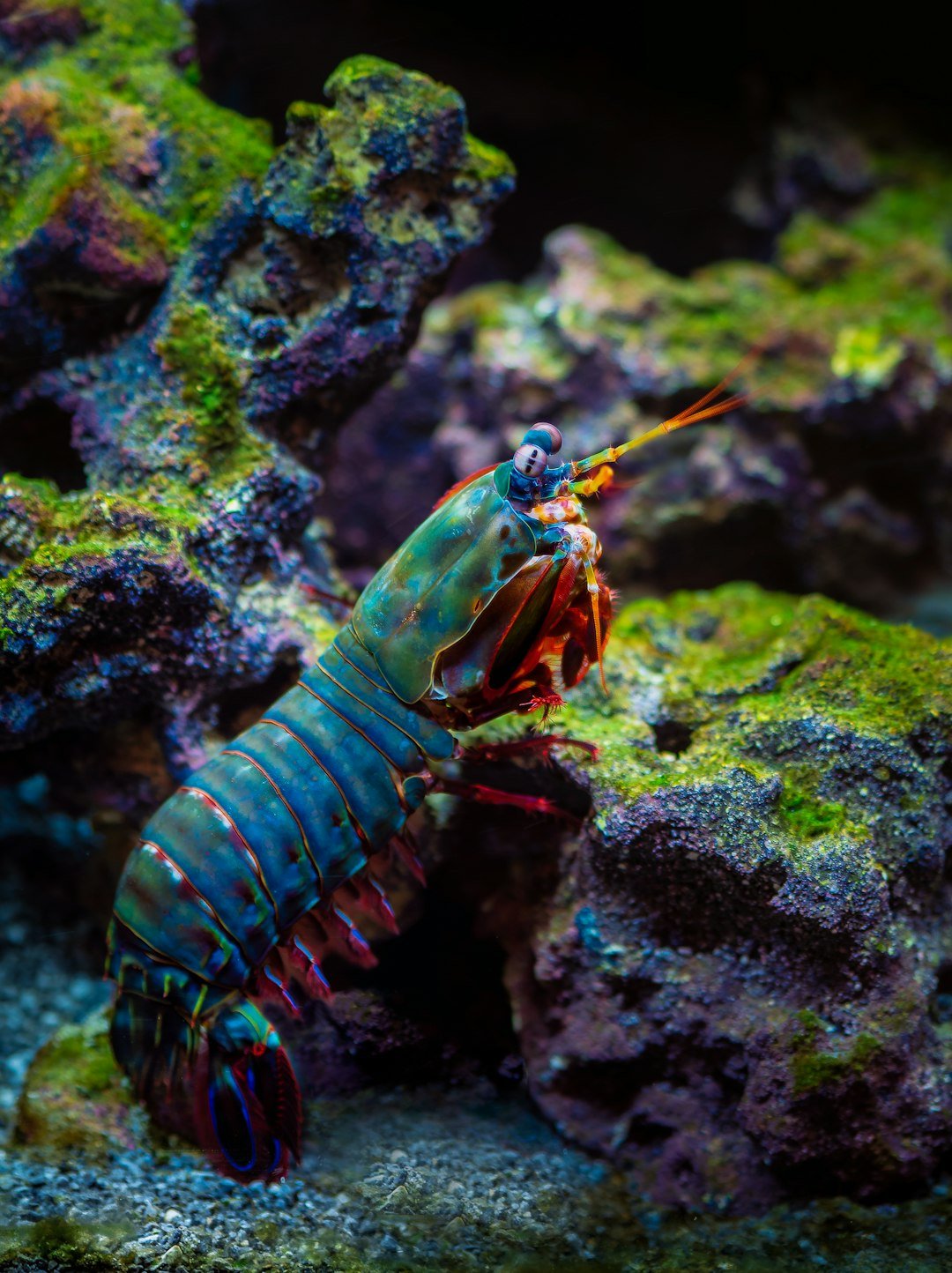
If Aquarius energy could punch, it would look like a mantis shrimp strike: blisteringly fast blows powered by a spring-loaded mechanism and paired with color vision tuned to a wild spectrum. Archerfish flip the script on hunting, firing precise water jets to knock insects from branches, then adjusting for light refraction as if doing physics on the fly. Electric eels – actually knifefish – generate strong discharges for navigation, communication, and defense, a biological current that turns murky water into a readable map.
These are not polite adaptations; they’re audacious gambits that tell us evolution loves a bold idea. In each case, the unusual becomes an advantage, the outlier an operating system, which is about as Aquarius as nature gets.
Masters of Water and Air

Humpback whales engineer cooperation using bubble-net feeding, where individuals spiral upward releasing bubbles that corral schooling fish into tight, shimmering rings. The choreography requires timing, roles, and trust – traits we often reserve for human teams, yet here they are in the open ocean. Albatrosses master air itself, reading wind gradients across endless waves to travel vast distances with minimal effort, an elegance that makes aviation engineers take notes.
One species excels in social coordination, the other in energy efficiency, and both rewrite what we thought was possible in their domains. Aquarius is an air sign carrying water, and these two species embody that blend: gravity-defying travel and community-driven meals.
The Healers and Survivors
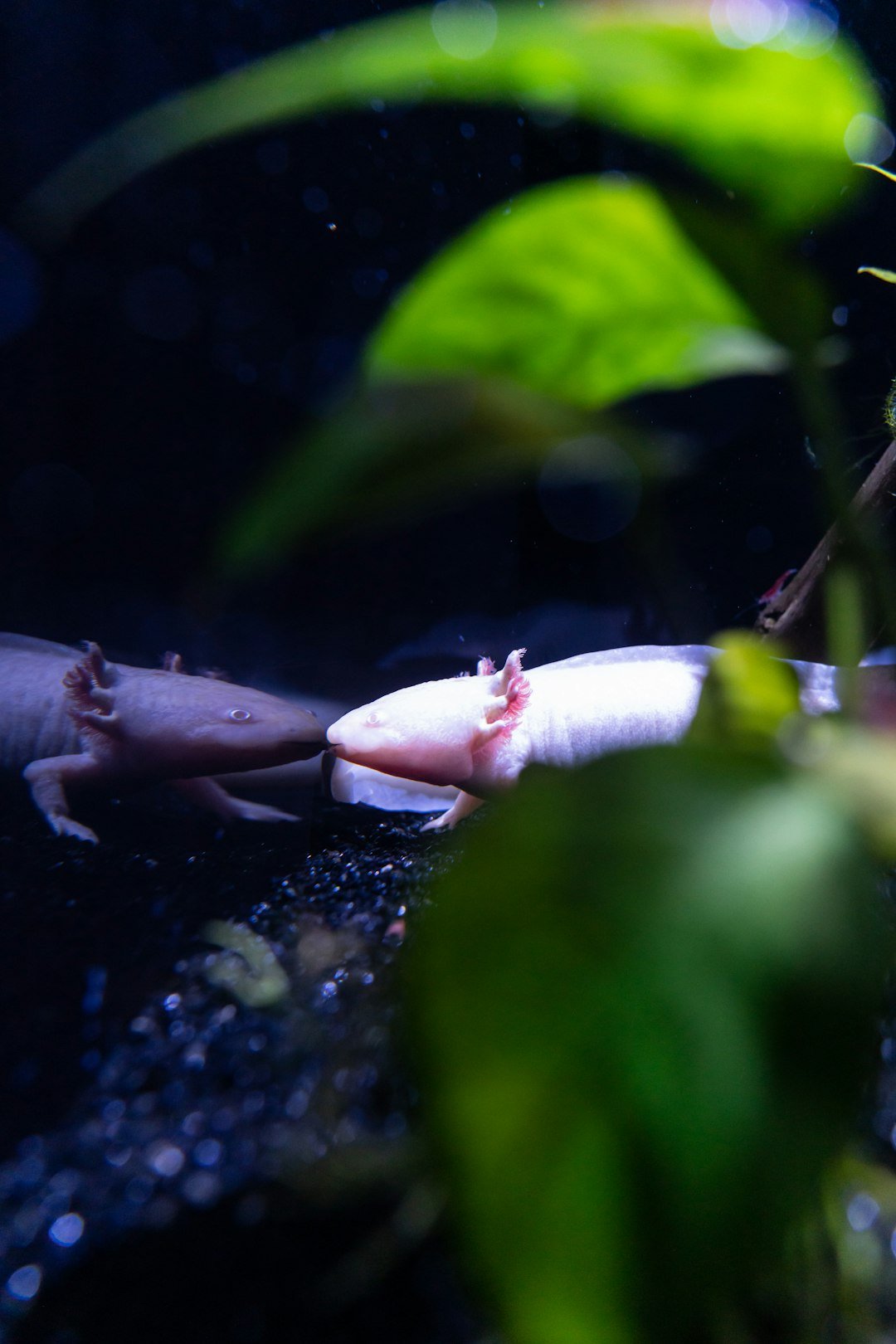
Axolotls regenerate limbs, parts of the heart, and even portions of the spinal cord, a regenerative superpower that could someday inspire therapies for human injuries. Researchers study how their cells avoid scarring and organize complex tissues, a kind of biological humility lesson that healing might be a design, not a miracle. Tardigrades operate at the opposite extreme, surviving desiccation, freezing, and intense radiation by entering a suspended state that stabilizes proteins and DNA.
Where axolotls rebuild, tardigrades endure, two strategies that shout Aquarius in different dialects: inventive recovery and stubborn resilience. Together they suggest a future where medicine and materials science mine nature’s playbook for blueprints we can actually use.
Why It Matters
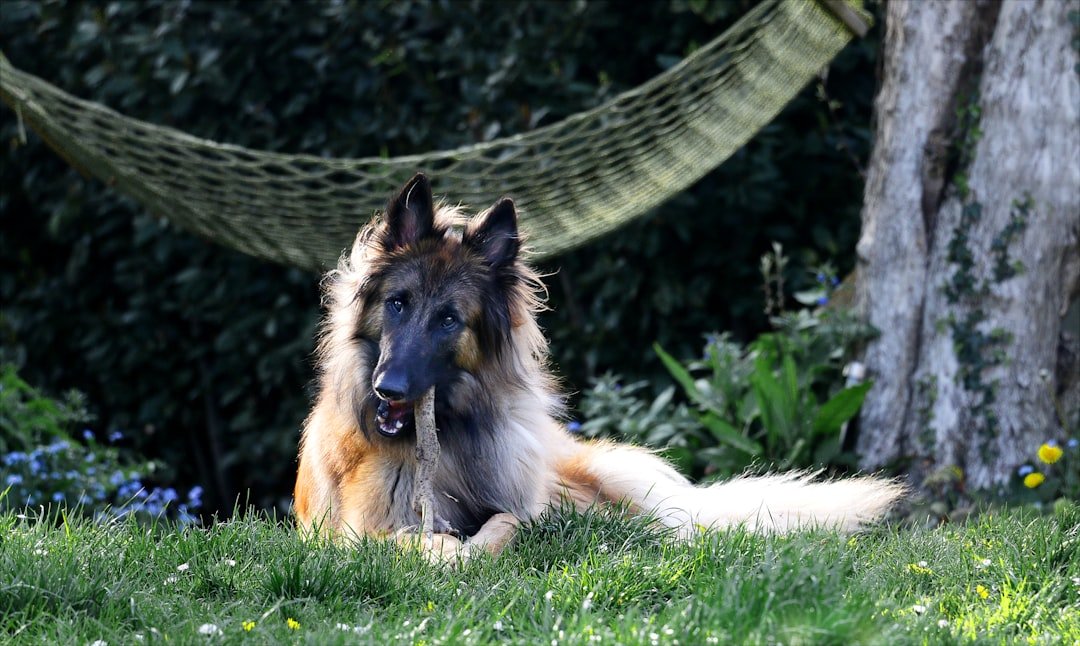
Framing these species through an Aquarius lens isn’t about horoscopes; it’s about attention. Stories change what we notice, and what we notice shapes what we protect, fund, and teach. Traditional wildlife coverage often highlights rarity or threat, but behavior-based storytelling shows why certain species become engines of new science, from soft robotics inspired by octopus arms to collective algorithms modeled on whale coordination. It also helps counter a stale myth that intelligence looks only one way, or that innovation requires hands like ours. When readers see tool-making crows and problem-solving dolphins alongside outliers like electric eels, they get a fuller map of minds and methods, which strengthens everything from STEM education to conservation priorities.
The Future Landscape
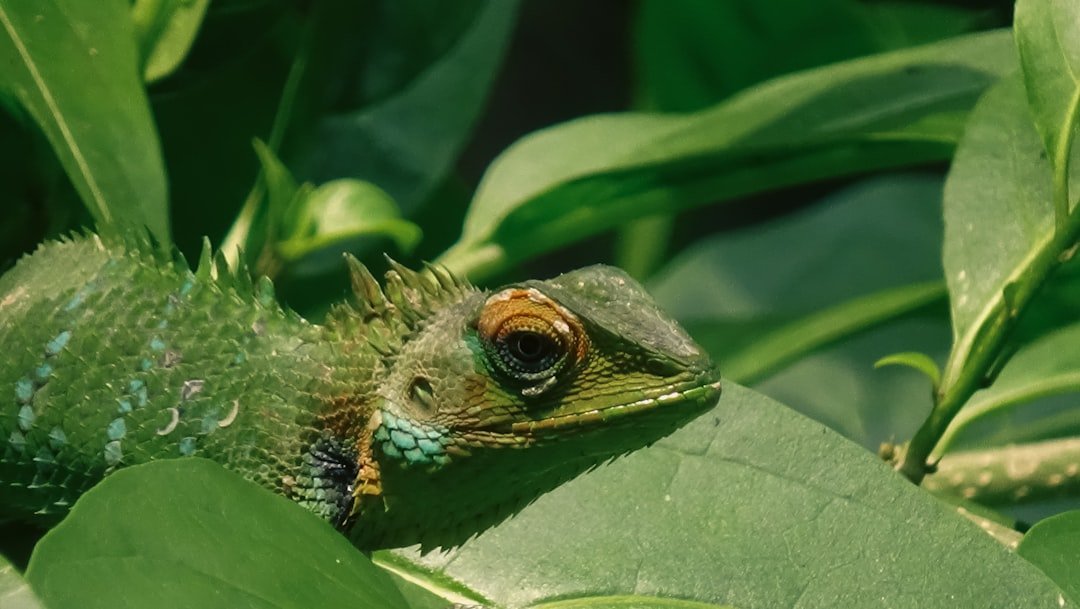
Expect more bioinspired engineering that borrows from these ten species, especially where flexibility and efficiency meet. Soft robotics already leans on octopus-like morphing to navigate cluttered spaces, while new aerial drones study albatross flight to eke out longer ranges on less power. Biomedical labs are probing axolotl regeneration for insights into scar-free healing, and tardigrade strategies for protein protection are informing next-generation stabilizers for vaccines and biologics.
On the ocean front, acoustic monitoring paired with machine learning is clarifying humpback communication and improving ship-speed guidance to reduce collisions. The challenge is sobering – warming seas, shifting prey, and habitat loss – but the toolkit is growing, and these animals are quietly writing the manuals.
Conclusion
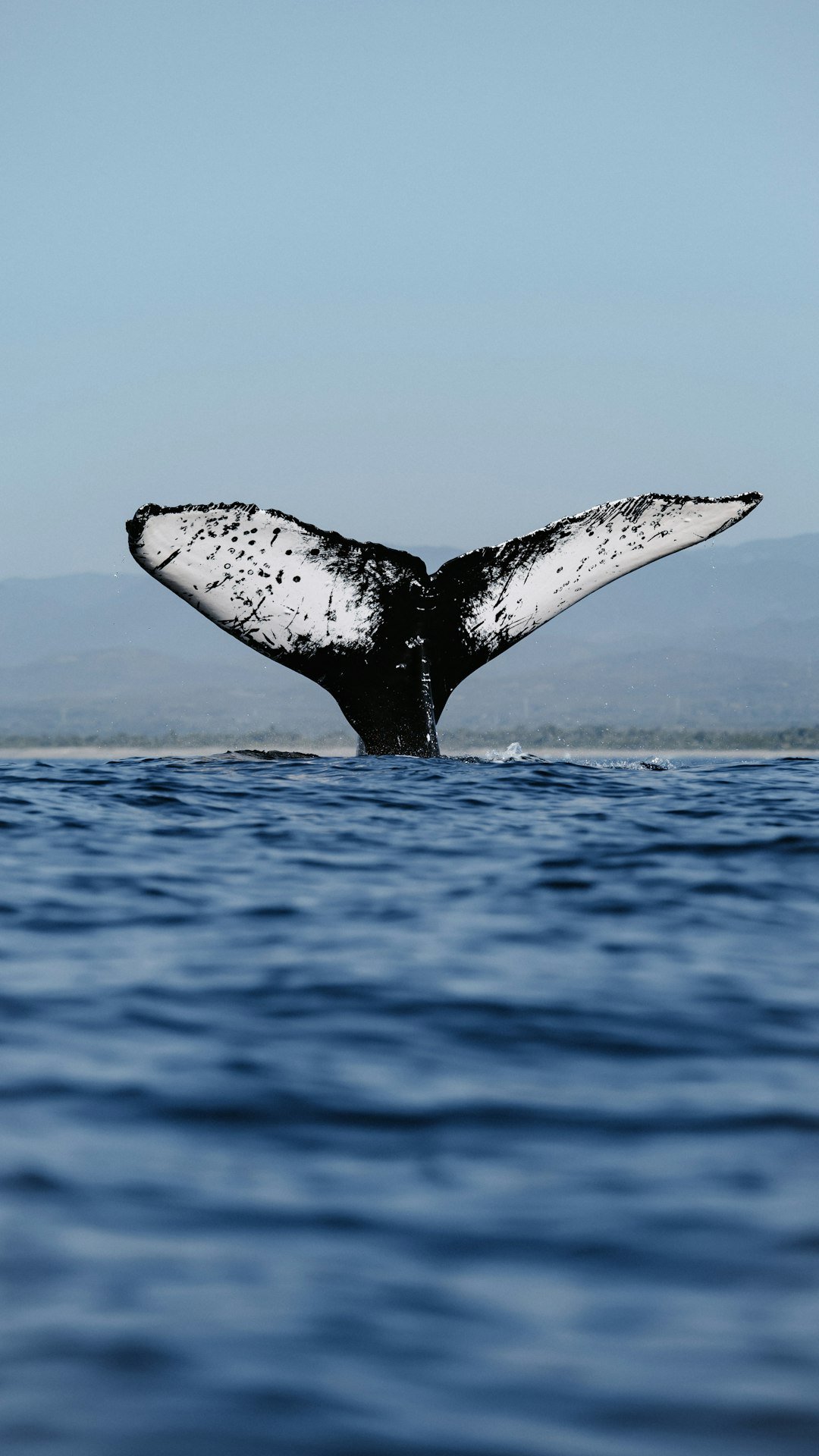
Start small by choosing seafood from well-managed fisheries and reducing plastic use, habits that ripple into healthier waters for whales, dolphins, and the creatures they depend on. If you’re in a coastal city, support local marine sanctuaries that restore kelp forests and seagrass meadows, the nurseries that keep food webs resilient. Educators can bring tool-making crows and archerfish physics into classrooms to spark curiosity where it takes root fastest.
Citizen scientists can log seabird sightings, record whale songs from shore with approved apps, or help monitor tidepool species during low tides. Curiosity is a conservation force when it becomes habit – notice more, learn more, and the urge to protect follows.

Suhail Ahmed is a passionate digital professional and nature enthusiast with over 8 years of experience in content strategy, SEO, web development, and digital operations. Alongside his freelance journey, Suhail actively contributes to nature and wildlife platforms like Discover Wildlife, where he channels his curiosity for the planet into engaging, educational storytelling.
With a strong background in managing digital ecosystems — from ecommerce stores and WordPress websites to social media and automation — Suhail merges technical precision with creative insight. His content reflects a rare balance: SEO-friendly yet deeply human, data-informed yet emotionally resonant.
Driven by a love for discovery and storytelling, Suhail believes in using digital platforms to amplify causes that matter — especially those protecting Earth’s biodiversity and inspiring sustainable living. Whether he’s managing online projects or crafting wildlife content, his goal remains the same: to inform, inspire, and leave a positive digital footprint.

